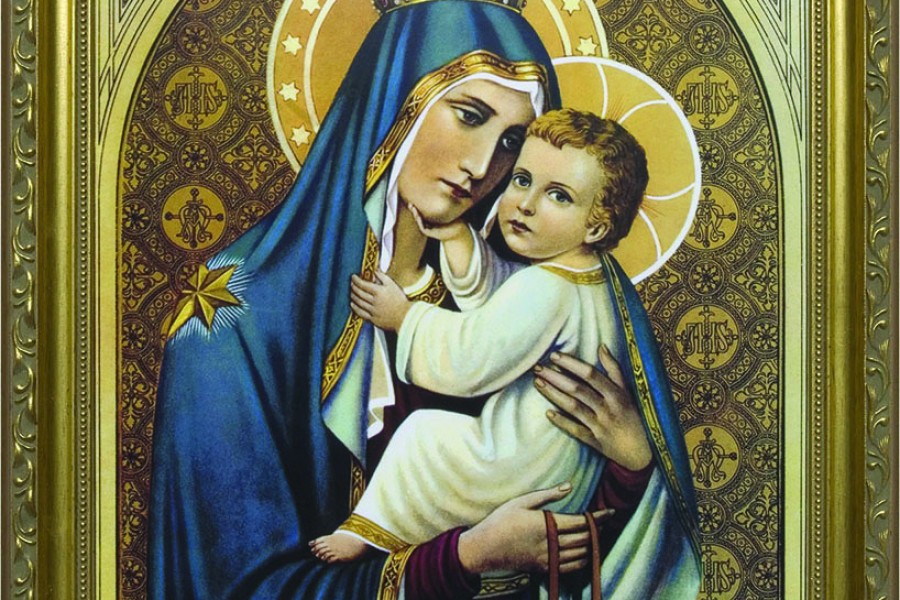Devotion: Do you know the spiritual family of Saint Elias?

In the laughing and poetic scenery of Galilee, in a small promontory above the Mediterranean Sea, Mount Carmel rises, refuge of many virtuous saints who, in the Old Testament, retired to that solitary place to pray for the coming of the Divine Savior. But none of them, however, impregnated those blessed rocks with so many virtues as St. Elias.
When the prophet of ardent zeal withdrew up there, towards the ninth century before the Incarnation of the Son of God, it was three years that a relentless drought closed the skies of Palestine, punishing the Jews' infidelity to God. asking that the punishment be relieved for the merits of that Redeemer who should have come, Elijah sent a servant to the top of the mountain, ordering him: "Go and look at the side of the sea." But the servant saw nothing. And, coming down, he said: "There is nothing." Confident, the prophet made him make the unsuccessful climb seven times. Finally the servant returned, saying, "Look! A cloud like a man's hand is rising from the sea." In fact, the cloud was so small and diaphanous that it seemed destined to disappear at the first breath of the fiery desert wind. But little by little it grew, spread across the sky to cover the entire horizon, and fell to earth in the form of abundant water. (1 Kings 18, 4344). It was the salvation of God's people.
The little cloud was a figure of the humble Mary, whose merits and virtues would surpass those of all mankind, attracting forgiveness and redemption for sinners. The Prophet Elijah had seen in his contemplation the role of mediator of the Mother of the awaited Messiah. He was, so to speak, his first devotee.
A beautiful tradition tells us that, following the example of Saint Elias, there were always hermits on Mount Carmel who lived and prayed up there, recovering and transmitting the Heliatic spirit to others. And that place sanctified by contemplative men attracted other contemplatives. Towards the fourth century, when the first solitary monks of the East began to appear, the rocky slopes of Mount Carmel welcomed a chapel, in the style of the Byzantine communities, whose traces can still be seen today. Later, towards the XNUMXth century, a group of new vocations, this time coming from the West together with the Crusades, added new fervor to the ancient movement. A small church was immediately built where the community dedicated itself to the life of prayer, always animated by the spirit of Elijah. The little "cloud" grew more and more.
The growth in the number of the brothers of Our Lady of Mount Carmel required a more perfected organization. In 1225 a delegation of the Order went to Rome to ask the Holy See for the approval of a Rule, actually granted by Pope Onofrio III in 1226.
With the invasion of the holy places by the Muslims, the superior of Mount Carmel gave permission to the religious in the west where to move they founded new communities, what many did after the fall of the last bastion of Christian resistance, the Fort San Giovanni d 'Acre. The few who remained there were martyred while they sang the "Salve Regina".